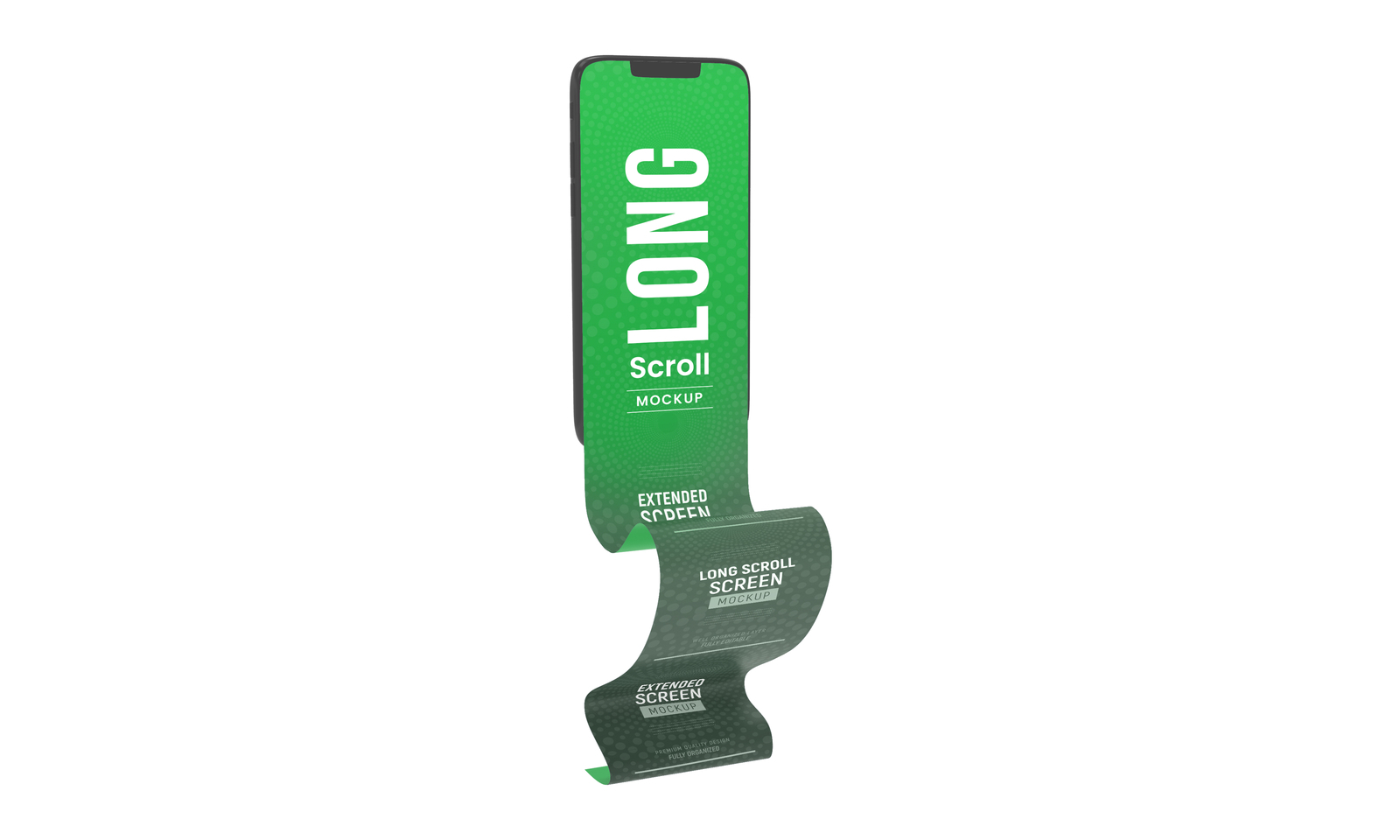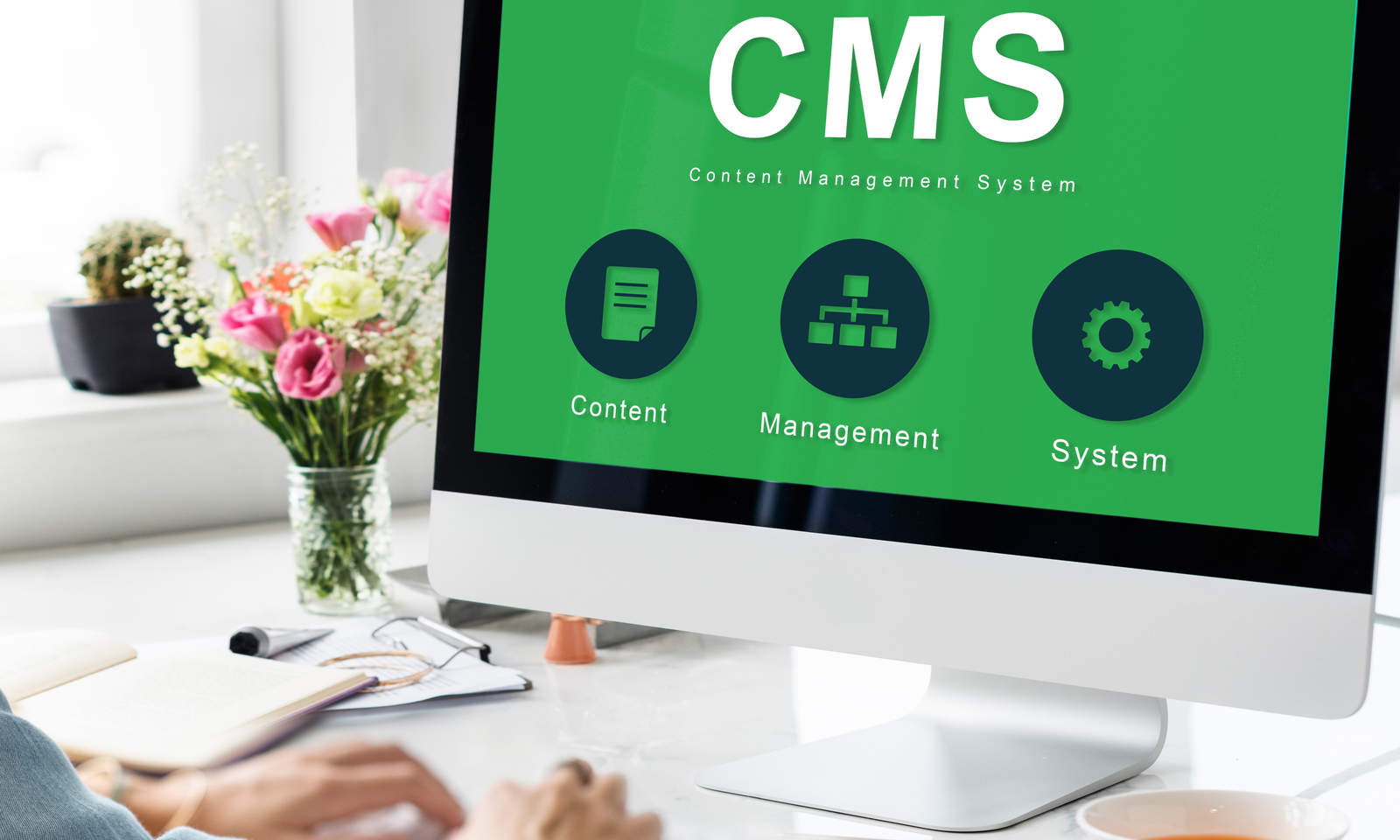How to get Customers’ to buy your product II

In our previous blog consumer buying behaviors, we discussed how to get customers to purchase your product. You learned about the need for a unique selling proposition, using conversion-increasing widgets, analytics, and tracking tools, and how to combine these into one seamless page.
There are a few more pieces that will help your website, eCommerce store, or blog stand out in the crowd. We are talking about the visuals you use, the long scrolling experience, and the presentation of content. We also have a list of 10 of the best eCommerce Content Management Systems (CMS) platforms that you can add today to your shop.
Visuals that sell your products without words

Your website should not just be a content management system, but rather an immersive experience with interactions, visuals, and calls to action that drive customers towards a specific result. The visuals say a lot about your brand. If you are selling a health product to a younger demographic a stock image of an elderly couple is not very applicable and may drive customers away. Instead, you want a visual that speaks to both your product and your target audience.
Anywhere you can incorporate animations we recommend it. When we say animations we aren’t talking about cartoons, but rather interactive pieces of your website. This could be achieved through video, jumping or moving elements, or different widgets that grab customers’ attention and help them interact with your brand.
Achieving a long scrolling experience

First of all, what is a long scrolling experience? When you can’t tell the story of your brand, product, or service in a short detailed page you may turn to a long scrolling experience. Long scrolling is ideal for storytelling, multi-step processes, and especially for creating unique customer experiences.
One way to discover your target market is to analyze what your competitors are doing. Here are some questions you can ask about your competitors to help niche down into your unique target market:
Consider the Customer Experience On Page

It’s important to consider what you can do to improve the experience for your customers. We have talked about a few things, but here are a few more that you can integrate into your website to uplevel the customer experience today:
- High-quality visuals
- Integrated video and interactive elements
- Enhanced customer service
- Make navigation smooth and easy
- Focus on good design aspects
- Simplify the checkout process
10 Best eCommerce Content Management System

What is a content management system? It gives you the ability to create, edit and publish digital content without needing to know how to code. You can also modify the look and feel of your online store, such as changing product page layout, adding promotional banners, or quickly adding new website sections. Here are 10 of the best CMS options. Although numbered 1-10 they are not in order from best to worst. These are all viable and great options for your online store.
1. WordPress
WordPress is the most popular CMS player in the industry, but in order to properly use a WordPress site as an online shop, you’ll need the WooCommerce plugin.
WooCommerce platform has an incredible array of extensions and themes — most of which are free. These plugins can easily make up for missing features and functionalities on your site.
2. BigCommerce
BigCommerce is a SaaS eCommerce platform that helps online businesses start, run, and maintain their websites. It’s known and trusted by large brands like Toyota, Burrow, and Skullcandy.
Their highly-flexible website editor is the main reason why they’ve attracted high-profile companies. Not only can you take advantage of their customizable templates, but you’re able to edit all their HTML and CSS code.
Whether you’re a large or small company BigCommerce is a good choice for website quick websites or larger businesses that need to hire developers to create a more unique online experience.
BigCommerce also integrates advanced SEO features, sales analytics, and a suite of social media-focused marketing tools to really make your brand shine.
3. Wix
Wix is a simple website builder that’s also capable of acting as an eCommerce CMS. In order to access these eCommerce features, you’ll need to sign up for one of their “Business & Ecommerce Plans.”
With Wix, you’ll lose a lot of customizability in exchange for ease of use. Wix is a great option for those who have little coding or back office knowledge. However, their stores have a great visual appeal and they have over 500 templates to choose from, so you won’t feel like you’re lacking options.
Wix lacks more advanced features for an online store. You might not find the exact tool you need in Wix’s eCommerce options when it comes to website personalization for different customers, discounts, or user analytics, but again it gives a great option for those just starting out.
4. Shopify
Shopify is perhaps the world’s most well-known SaaS eCommerce platform. It boasts a simple interface and affordable pricing, it has become a popular eCommerce platform for startup merchants and small businesses. The number of features varies depending on the type of plan you choose, so it’s important to know the features you’re looking for before signing up. Shopify offers free 24/7 support, a range of free store templates, and a separate POS system.
5. Prestashop
Prestashop is another open-source platform with MySQL data management and extensive backend code customizability. It has a variety of add ons and themes, enabling you to develop a web store from scratch even if you have limited tech abilities. With that ease of use though watch out for the total cost, as some extensions can be quite pricey.
The good news is that you don’t need to be a developer to build a website on Prestashop, making it a great option for startups and medium-sized stores.
6. Drupal
Drupal isn’t designed specifically for eCommerce specifically but it can be combined with different plugins and frameworks to give it eCommerce functionality. It is one of the most widely used open-source content management systems, nearly as popular as WordPress or Joomla. Sadly, Drupal is not particularly user-friendly for those without significant development knowledge.
As a CMS, Drupal commerce offers incredible flexibility. If you combine it with the BigCommerce plugin, you get the best of both worlds — a fully customizable frontend and fully hosted backend.
7. Joomla
Joomla is another open-source content management platform that enables users to build websites and publish content online. While eCommerce isn’t part of its core functionality, there are a number of free extensions that can help you turn a Joomla site into an eCommerce store.
8. Opencart
Another open-source CMS for eCommerce, OpenCart is a free and multifunctional solution. It offers several templates for quick setup and has a thriving plugin marketplace. OpenCart integrates with over 20 payment gateways and eight shipping methods. As an eCommerce CMS with no monthly fees, it’s a popular option among new business owners especially those with a small budget.
9. HubSpot
HubSpot is a pioneering CMS and marketing automation platform. It doesn’t have the eCommerce functionality but easily integrates with more prominent eCommerce platforms like BigCommerce and Shopify. Connecting HubSpot to your eCommerce store helps you understand your customer behavior, automate marketing campaigns and track and report on revenue streams with specialized reports.
10. Magento
Magento is a popular open-source CMS. Owned by Adobe, it has a great reputation and supports online stores worldwide. Magento offers a great variety of functionality and a diverse extension marketplace, including enterprise-level software solutions. And while it caters to all types of merchants, it’s favored by those fast-scaling and larger businesses due to its extensive setup, pricing options, and development requirements.
Just like other website formats, in today’s eCommerce industry, you live and die by the quality of your website. In 8 seconds or fewer consumers will decide whether they even want to stay on your website, let alone do business with you. Using a great CMS can help you create a stunning website. After reading our list of the top eCommerce content management systems, we hope you’re more aware of your options, but if you do have any questions feel free to reach out to us so we can guide you in selecting the perfect option for your unique CMS website needs.











